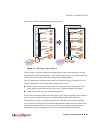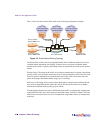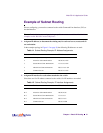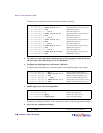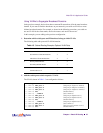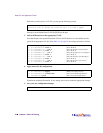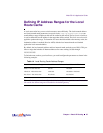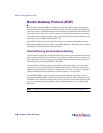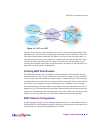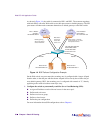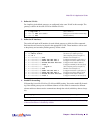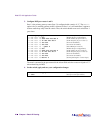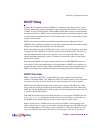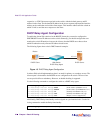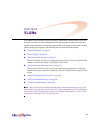
Web OS 10.0 Application Guide
Chapter 1: Basic IP Routing
37
212777-A, February 2002
Figure 1-3 iBGP and eBGP
Typically, an AS has one or more multiple border routers—peer routers that exchange routes
with other ASs—and an internal routing scheme that enables routers in that AS to reach every
other router and destination within that AS. When you advertise routes to border routers on
other autonomous systems, you are effectively committing to carry data to the IP space repre-
sented in the route being advertised. For example, if you advertise 192.204.4.0/24, you are
declaring that if another router sends you data destined for any address in 192.204.4.0/24, you
know how to carry that data to its destination.
Forming BGP Peer Routers
Two BGP routers become peers or neighbors once you establish a TCP connection between
them. For each new route, if a peer is interested in that route (for example, if a peer would like
to receive your static routes and the new route is static), an update message is sent to that peer
containing the new route. For each route removed from the route table, if the route has already
been sent to a peer, an update message containing the route to withdraw is sent to that peer.
For each Internet host, you must be able to send a packet to that host, and that host has to have a
path back to you. This means that whoever provides Internet connectivity to that host must have
a path to you. Ultimately, this means that they must “hear a route” which covers the section of the
IP space you are using; otherwise, you will not have connectivity to the host in question.
BGP Failover Configuration
Use the following example to create redundant default gateways for an Alteon Web switch at a
Web Host/ISP site, eliminating the possibility, should one gateway go down, that requests will
be forwarded to an upstream router unknown to the switch.
AS 11
AS 50
AS 20
eBGP
Internet
ISP A
ISP B
iBGP
Web
Switches



